Foster + Partners’ Narbo Via enriches cultural landscape in south of France
Narbo Via, a new museum by Foster + Partners, opens in Narbonne, France
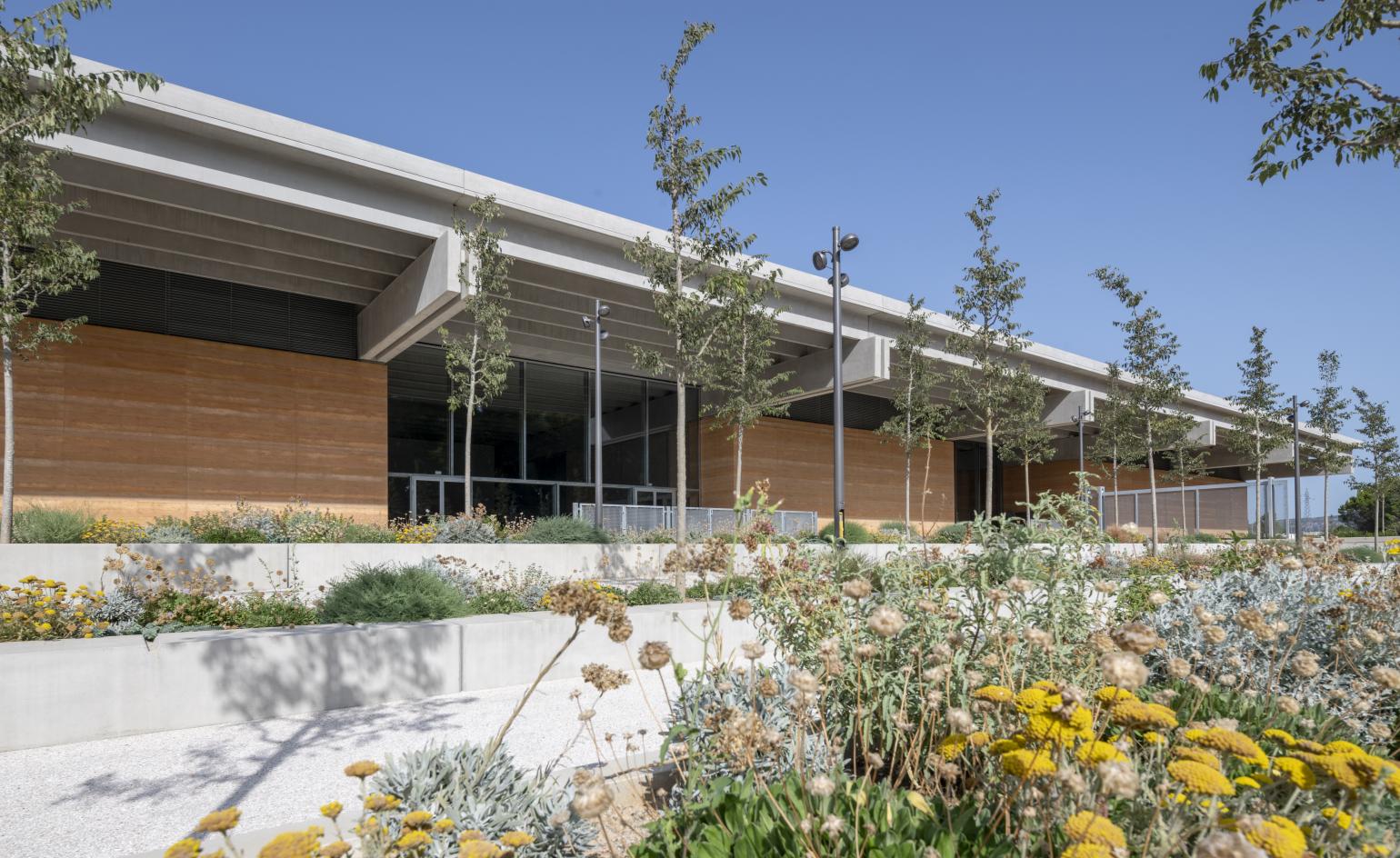
Nigel Young - Photography
Narbo Via, a museum of Roman antiquities designed by Foster + Partners, is about to launch in Narbonne. Opening in an official ceremony tomorrow (11 December 2021), the brand new cultural draw for the region is set to become a landmark destination for its city, located on the Canal de la Robine in southern France.
The museum’s low, linear volume is raised on a podium, balancing ‘civic monumentality’, the architects say, with restraint. It is placed among lush, green architectural gardens and landscaping including an outdoor theatre, embedding the new structure into its surroundings. Stone mixes with steel and a distinctive concrete roof, making for a building that appears strong and firmly linked to the earth and its site.
And while the exterior is defined by its relatively discreet, yet confident, presence, the interior clearly and unashamedly celebrates its content by placing it centre stage through the presence of a ‘Lapidary Wall’, a shelving grid featuring stone displays that belong to the collection. This architectural element is open for all to see, cleverly separating public galleries and restoration spaces where specialists are at work to preserve the museum’s precious cargo. Visitors can catch glimpses of the professionals at work through this semi-permeable wall that places the collection at the design’s heart.
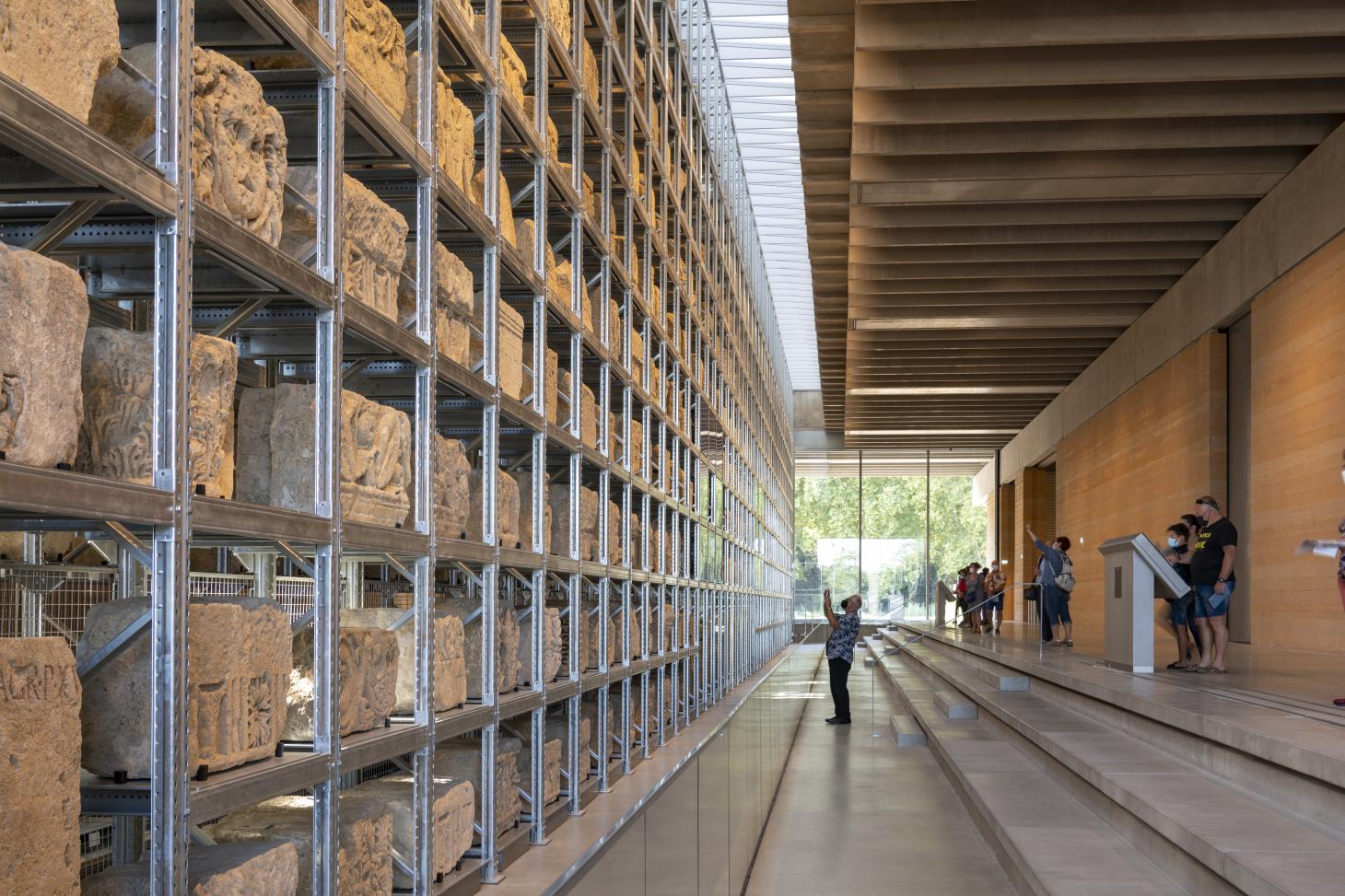
The project also includes an array of public-facing spaces, such as galleries for permanent and temporary exhibitions, a multimedia education centre, an auditorium, a restaurant and a bookshop. Research, restoration and storage facilities, as well as offices, complete the building, which is brightly lit through swathes of glass in openings and floor-to-ceiling transparent walls.
Foster + Partners has recently completed more work in France – namely the winery Le Dôme, which opened its doors to visitors a couple of months ago. It sits alongside older, iconic projects from the firm’s portfolio, such as the Millau Viaduct and the Carré d’Art in Nîmes. ‘Our work on Narbo Via extends a long relationship between the Foster studio and the south of France. The arts are vital to the life of a city, and a cultural building has the potential to reinvent and regenerate its “sense of place”, to break down physical and social barriers. Bringing together the old and the new, Narbo Via will renew the image of the museum, becoming not just a place for reflection but a creator of knowledge for future generations,’ says the practice’s renowned founder and executive chairman, Norman Foster.
Looking to the future, the Narbo Via building also employs a comprehensive sustainability strategy. This, the architects note, has been inspired by ancient Roman technology. Natural ventilation is achieved through the clever concrete ceiling structure that helps push air to circulate throughout the interior, supporting a healthy environment for visitors, as well as its rich collection of Roman antiquities.
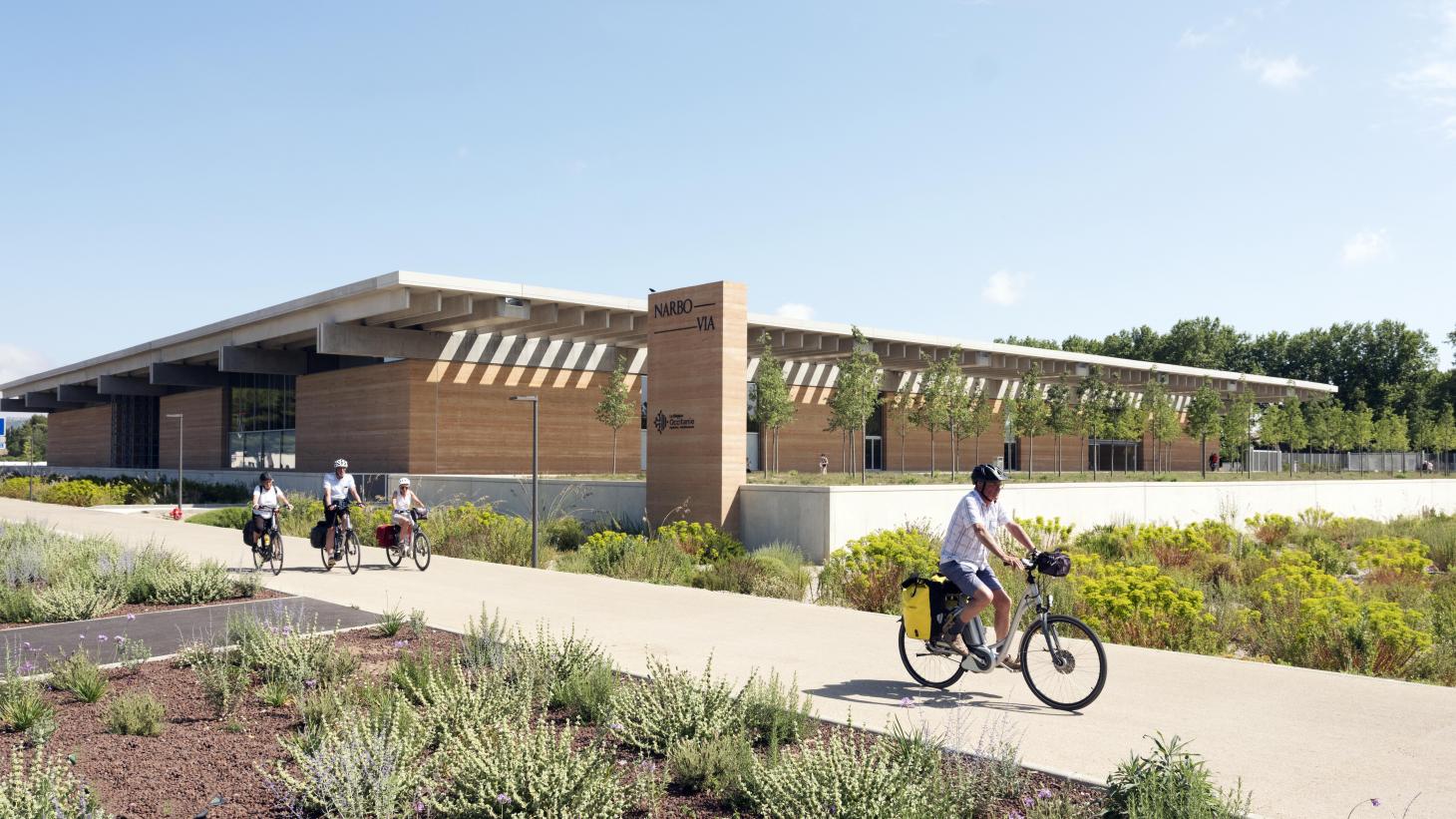
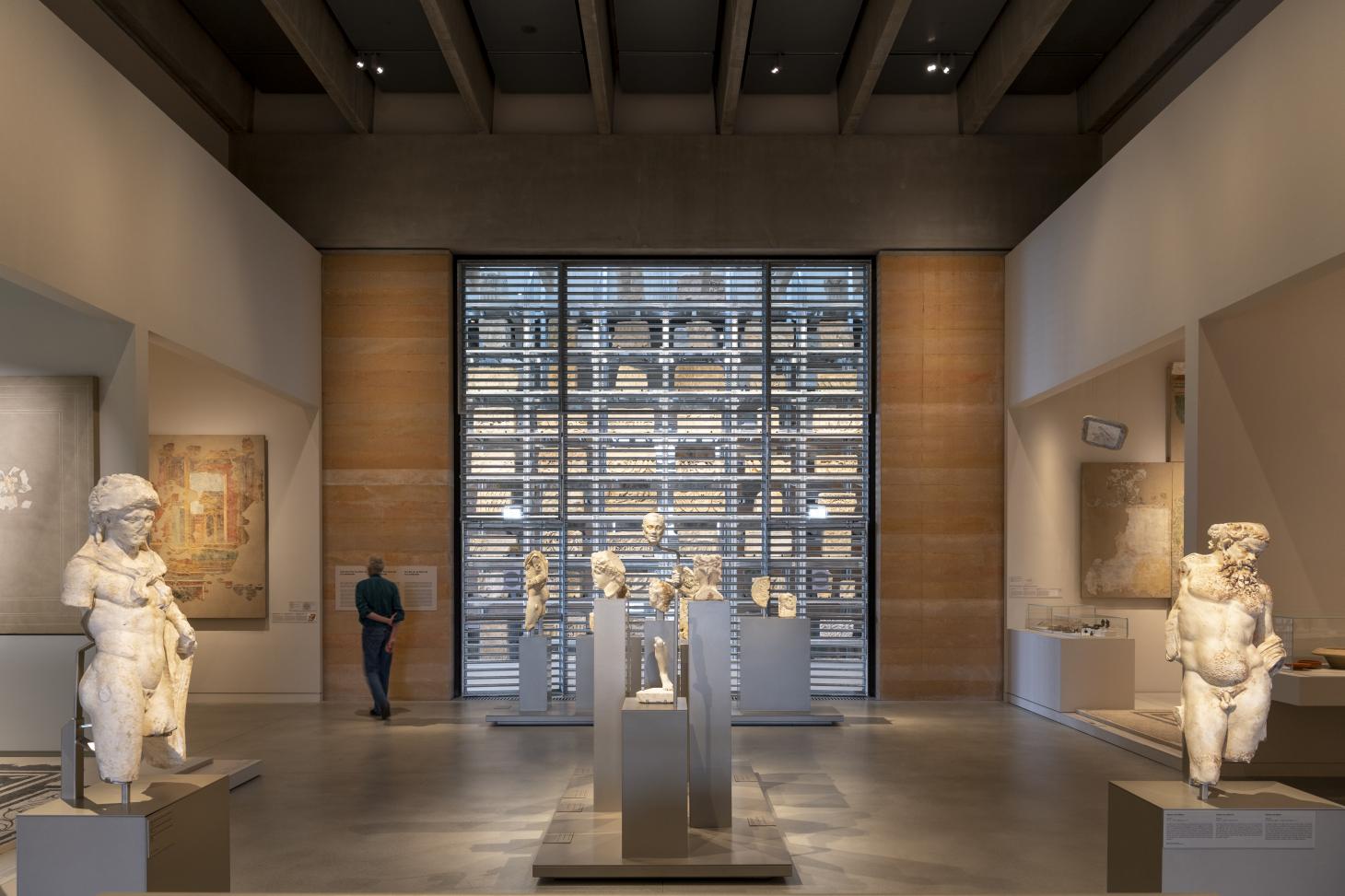
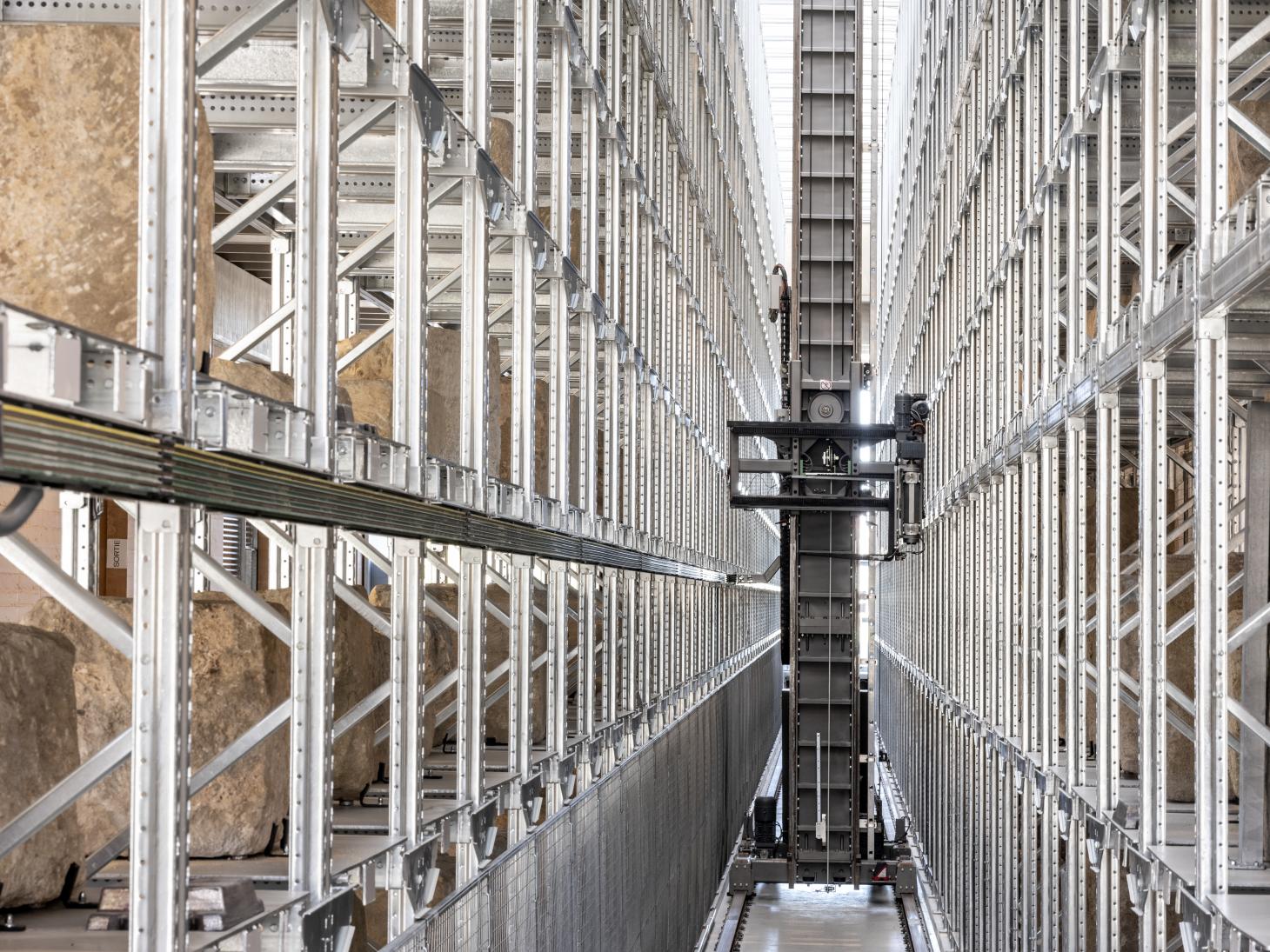
Wallpaper* Newsletter
Receive our daily digest of inspiration, escapism and design stories from around the world direct to your inbox.
INFORMATION
Ellie Stathaki is the Architecture & Environment Director at Wallpaper*. She trained as an architect at the Aristotle University of Thessaloniki in Greece and studied architectural history at the Bartlett in London. Now an established journalist, she has been a member of the Wallpaper* team since 2006, visiting buildings across the globe and interviewing leading architects such as Tadao Ando and Rem Koolhaas. Ellie has also taken part in judging panels, moderated events, curated shows and contributed in books, such as The Contemporary House (Thames & Hudson, 2018), Glenn Sestig Architecture Diary (2020) and House London (2022).
-
 The Lighthouse draws on Bauhaus principles to create a new-era workspace campus
The Lighthouse draws on Bauhaus principles to create a new-era workspace campusThe Lighthouse, a Los Angeles office space by Warkentin Associates, brings together Bauhaus, brutalism and contemporary workspace design trends
By Ellie Stathaki
-
 Extreme Cashmere reimagines retail with its new Amsterdam store: ‘You want to take your shoes off and stay’
Extreme Cashmere reimagines retail with its new Amsterdam store: ‘You want to take your shoes off and stay’Wallpaper* takes a tour of Extreme Cashmere’s new Amsterdam store, a space which reflects the label’s famed hospitality and unconventional approach to knitwear
By Jack Moss
-
 Titanium watches are strong, light and enduring: here are some of the best
Titanium watches are strong, light and enduring: here are some of the bestBrands including Bremont, Christopher Ward and Grand Seiko are exploring the possibilities of titanium watches
By Chris Hall
-
 The Yale Center for British Art, Louis Kahn’s final project, glows anew after a two-year closure
The Yale Center for British Art, Louis Kahn’s final project, glows anew after a two-year closureAfter years of restoration, a modernist jewel and a treasure trove of British artwork can be seen in a whole new light
By Anna Fixsen
-
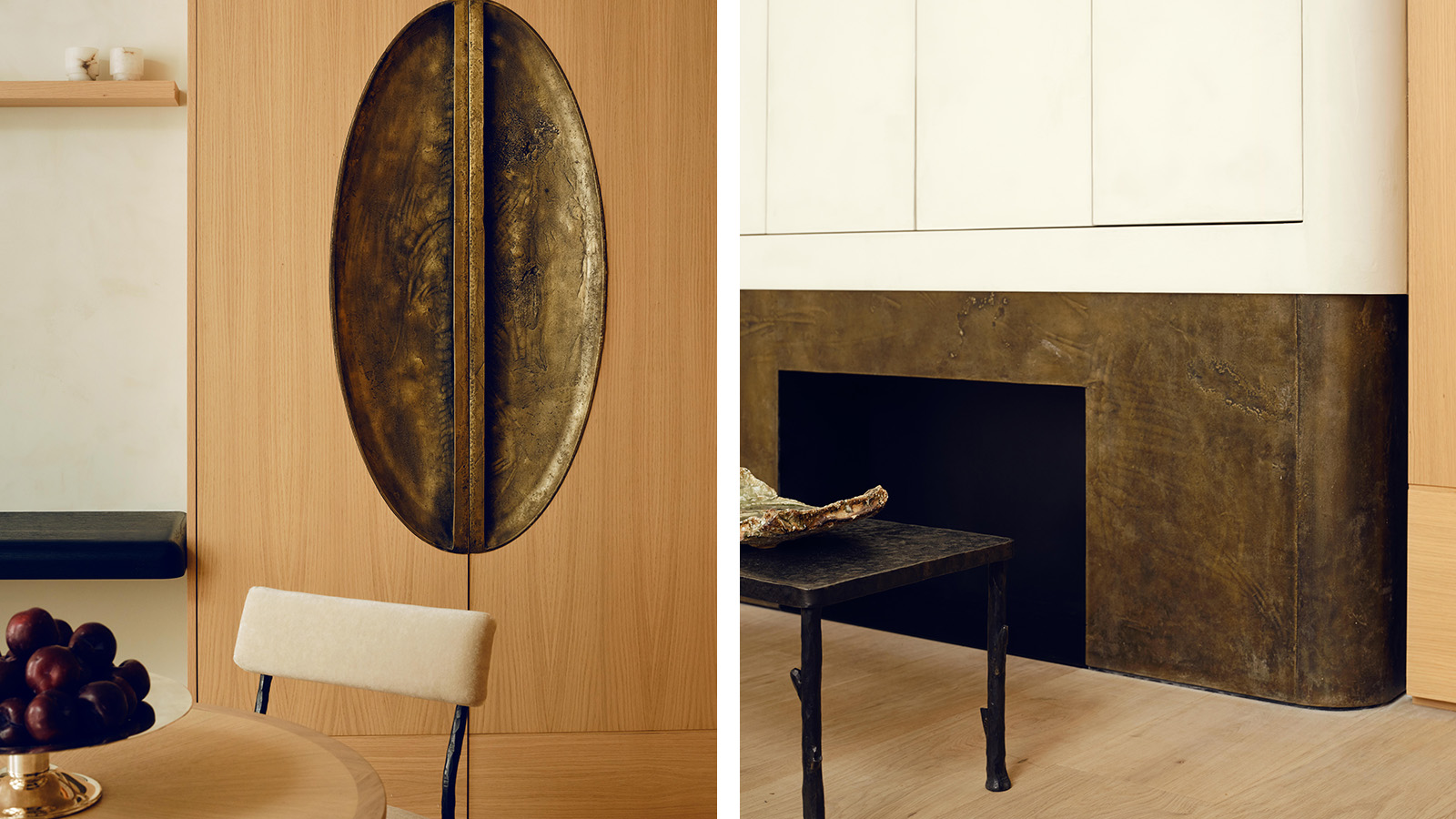 Stay in a Parisian apartment which artfully balances minimalism and warmth
Stay in a Parisian apartment which artfully balances minimalism and warmthTour this pied-a-terre in the 7th arrondissement, designed by Valeriane Lazard
By Ellie Stathaki
-
 You’ll soon be able to get a sneak peek inside Peter Zumthor’s LACMA expansion
You’ll soon be able to get a sneak peek inside Peter Zumthor’s LACMA expansionBut you’ll still have to wait another year for the grand opening
By Anna Fixsen
-
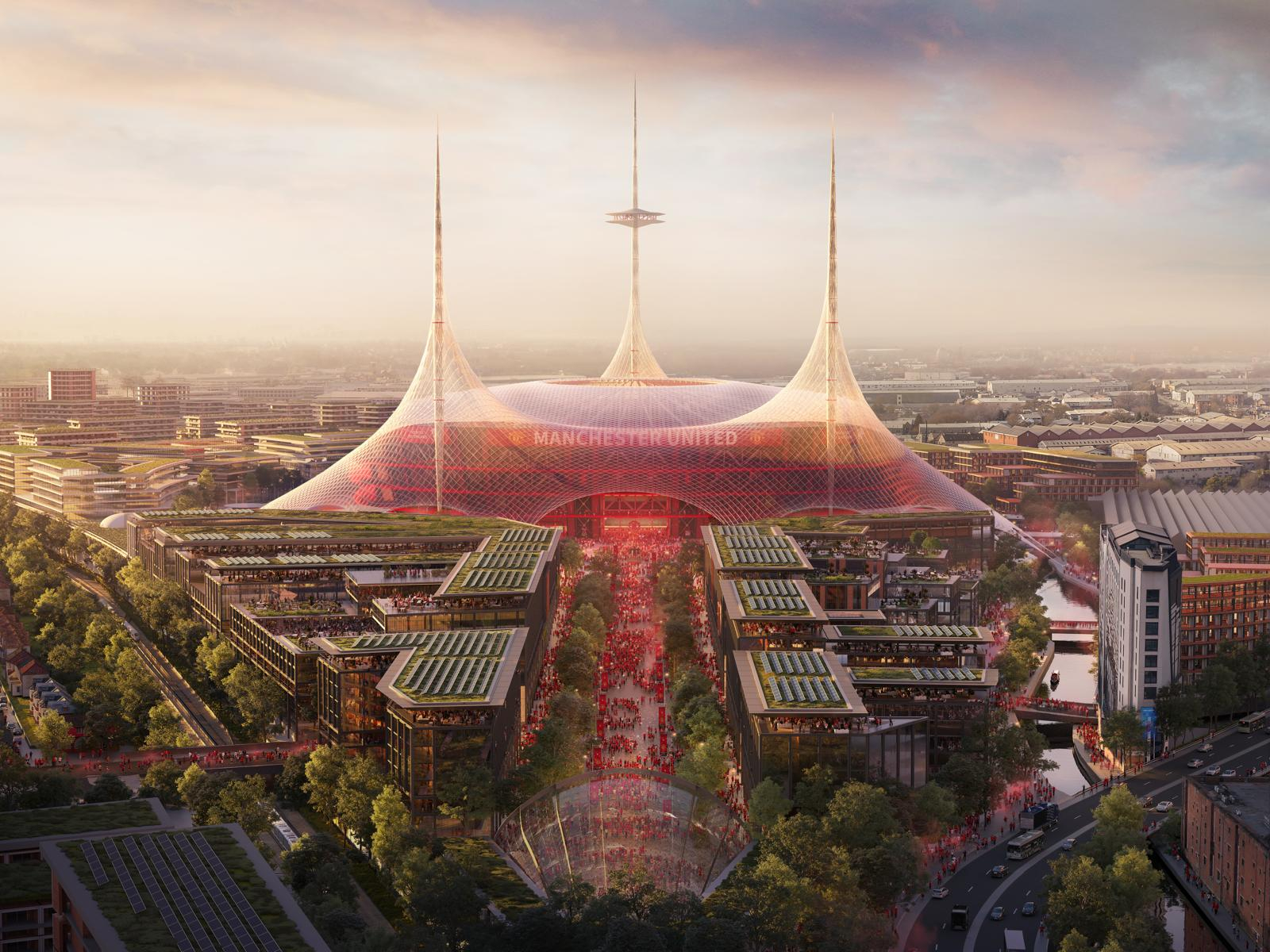 Manchester United and Foster + Partners to build a new stadium: ‘Arguably the largest public space in the world’
Manchester United and Foster + Partners to build a new stadium: ‘Arguably the largest public space in the world’The football club will spend £2 billion on the ambitious project, which co-owner Sir Jim Ratcliffe has described as the ‘world's greatest football stadium’
By Anna Solomon
-
 Marta Pan and André Wogenscky's legacy is alive through their modernist home in France
Marta Pan and André Wogenscky's legacy is alive through their modernist home in FranceFondation Marta Pan – André Wogenscky: how a creative couple’s sculptural masterpiece in France keeps its authors’ legacy alive
By Adam Štěch
-
 NYC's The New Museum announces an OMA-designed extension
NYC's The New Museum announces an OMA-designed extensionOMA partners including Rem Koolhas and Shohei Shigematsu are designing a new building for Manhattan's only dedicated contemporary art museum
By Anna Solomon
-
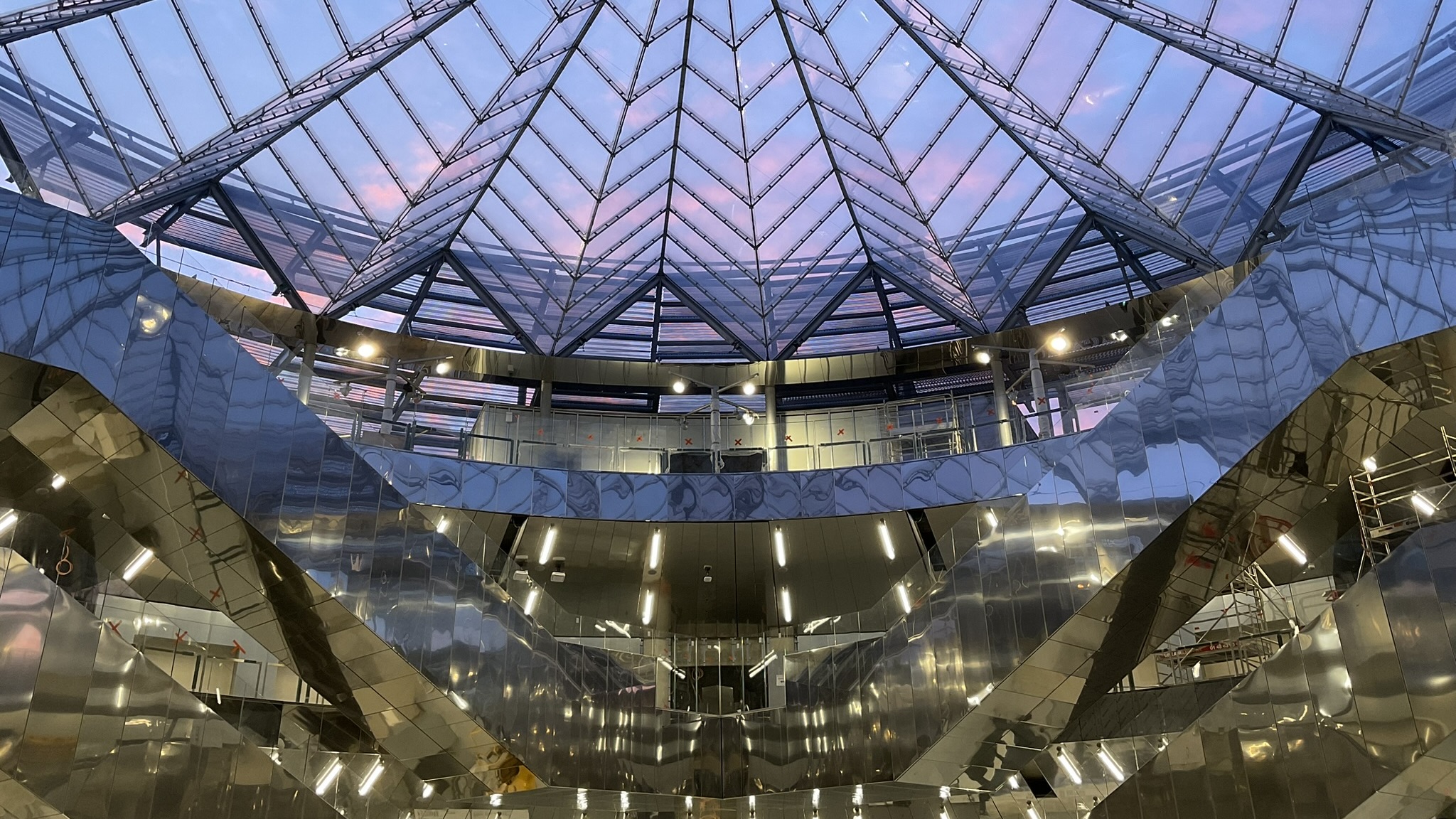 Paris’ architecturally fascinating Villejuif-Gustave Roussy metro station is now open
Paris’ architecturally fascinating Villejuif-Gustave Roussy metro station is now openVillejuif-Gustave Roussy is part of the new Grand Paris Express, a transport network that will raise the architectural profile of the Paris suburbs
By Anna Solomon
-
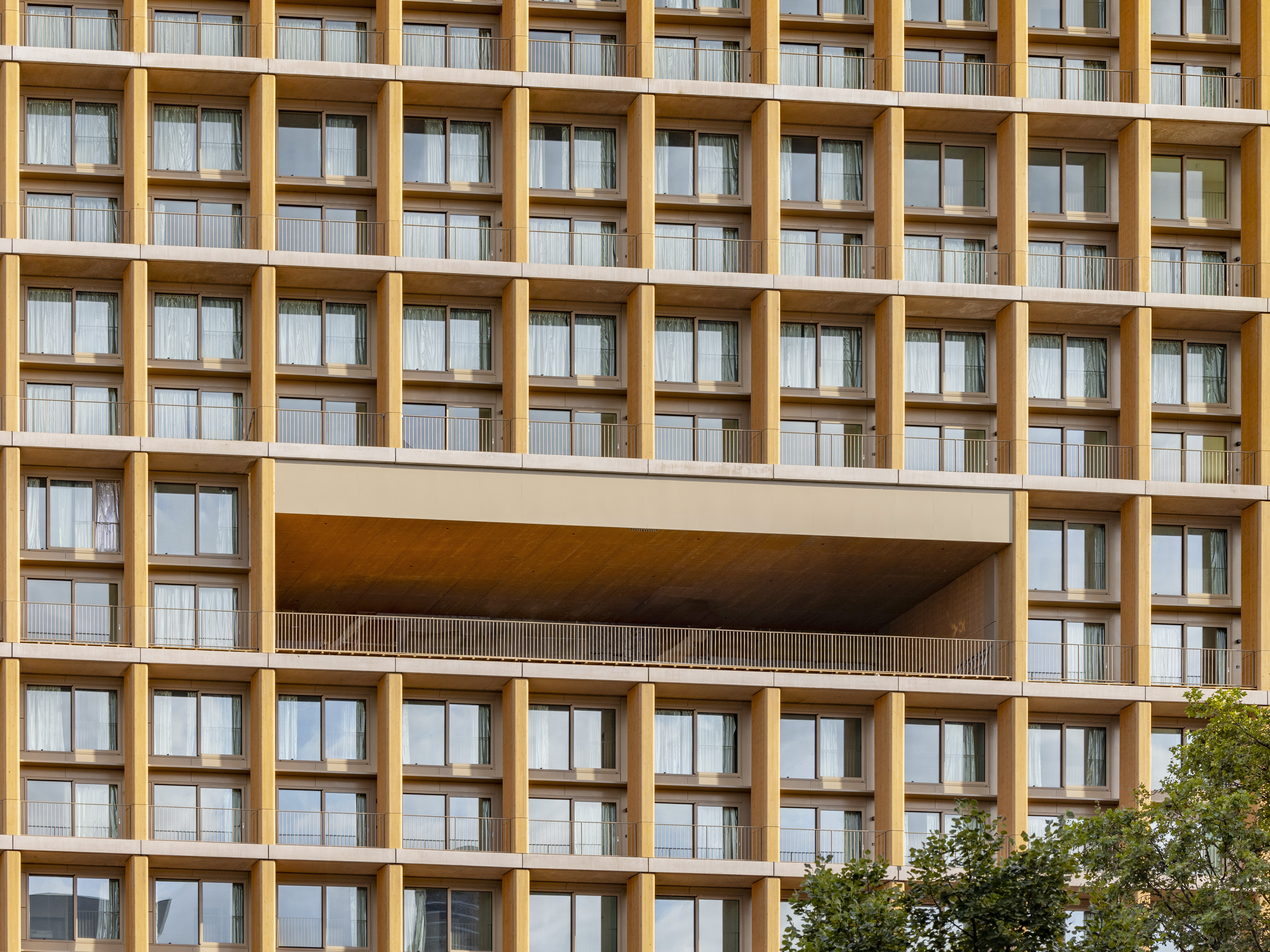 Explore wood architecture, Paris' new timber tower and how to make sustainable construction look ‘iconic’
Explore wood architecture, Paris' new timber tower and how to make sustainable construction look ‘iconic’A new timber tower brings wood architecture into sharp focus in Paris and highlights ways to craft buildings that are both sustainable and look great: we spoke to project architects LAN, and explore the genre through further examples
By Amy Serafin